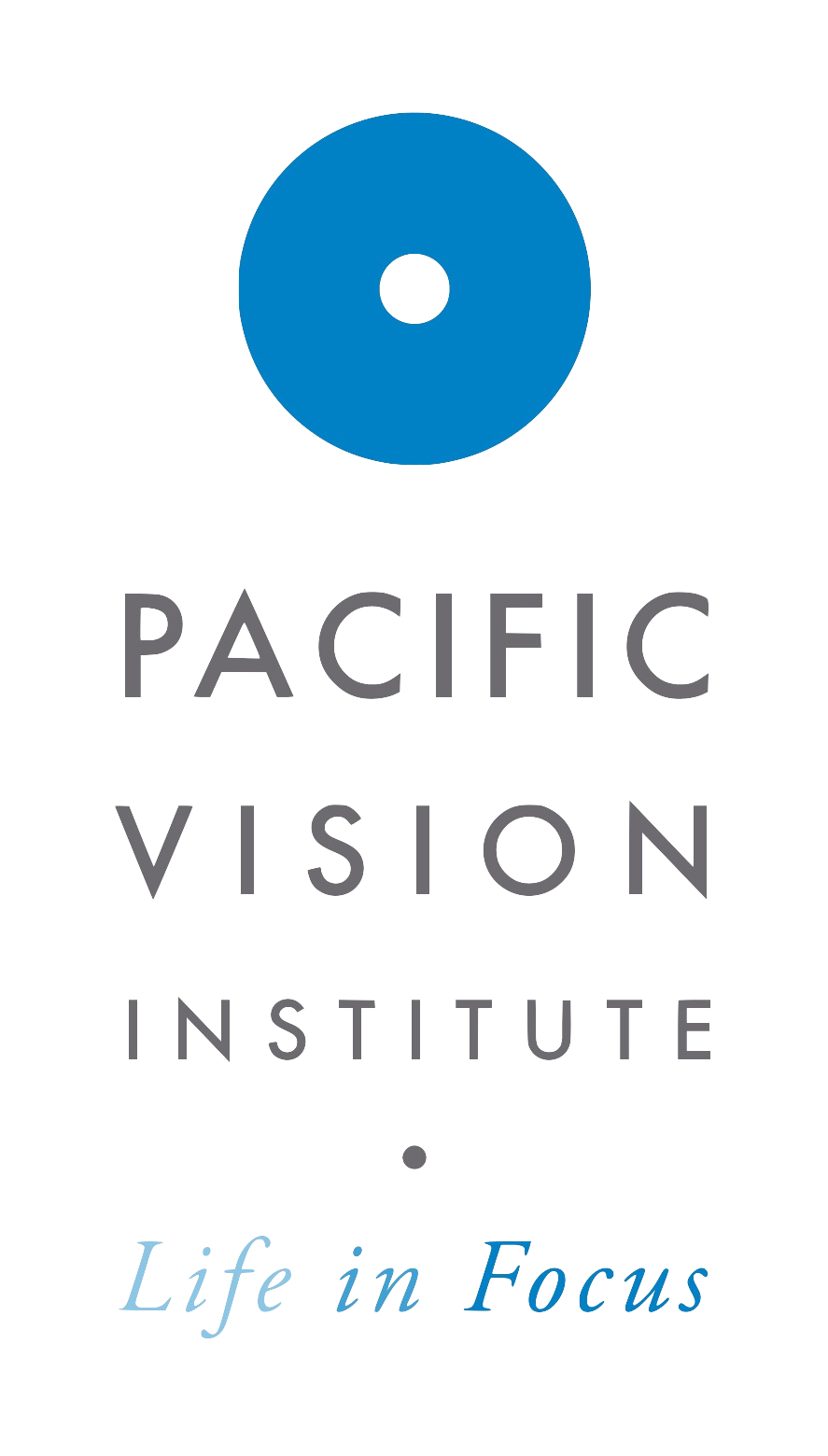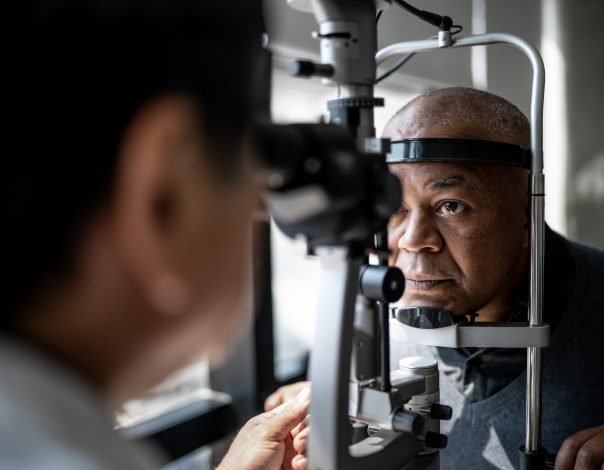Understanding Presbyopia: Why Reading Glasses Become Necessary After 40
If you’ve ever squinted to read a menu in a dimly lit restaurant or held your phone at arm’s length to bring the text into focus, you’re not alone. These are classic signs of presbyopia—a natural, age-related change in vision that usually becomes noticeable in your 40s. We understand how frustrating this change can be at Pacific Vision Institute, a leading authority in advanced eye care led by renowned ophthalmologist Dr. Ella Faktorovich. The good news? You have options beyond reading glasses.
Let’s explore why presbyopia happens and how advanced solutions like Custom Lens Replacement (CLR) and Refractive Lens Exchange (RLE) can help restore clear, comfortable reading vision.
What Is Presbyopia?
Presbyopia occurs when the natural lens inside your eye gradually loses its flexibility, making it difficult to focus on close-up objects. Unlike nearsightedness or farsightedness, which are refractive errors related to the shape of the eye, presbyopia is the result of the aging process.
This change typically starts to affect people in their early to mid-40s and continues to progress with age. Reading glasses are often the first solution people turn to, but for many, the hassle of keeping track of glasses or constantly switching between pairs can be cumbersome.
Surgical Solutions: CLR and RLE
At Pacific Vision Institute, we offer two powerful procedures that can address presbyopia with long-lasting results: Custom Lens Replacement (CLR) and Refractive Lens Exchange (RLE). These advanced surgical solutions involve replacing your eye’s natural lens with an intraocular lens (IOL) specifically chosen to suit your visual needs.
- Custom Lens Replacement (CLR): This procedure replaces the natural lens with a synthetic IOL that can provide clearer vision at multiple distances.
- Refractive Lens Exchange (RLE): Essentially the same as CLR, this technique is often recommended for patients over 45 who are no longer ideal candidates for LASIK.
Both procedures are quick, typically completed in 10 to 15 minutes per eye, and visual recovery is often rapid. One key benefit is that patients who undergo CLR or RLE will never need cataract surgery again.
Types of Lenses for Reading Vision
The success of CLR or RLE hinges on selecting the right intraocular lens (IOL) for your unique vision profile. At Pacific Vision Institute, we offer the most advanced FDA-approved IOLs, including:
- Multifocal IOLs: These provide excellent distance and near vision, often eliminating the need for glasses altogether.
- Toric IOLs: Ideal for patients with astigmatism, these lenses also help correct nearsightedness or farsightedness.
- Light Adjustable Lenses (LALs): These innovative lenses can be fine-tuned after surgery for optimal clarity, particularly beneficial for patients with complex visual needs.
- Monovision: A strategy where one eye is corrected for distance and the other for near tasks like reading, offering a blended range of vision.
Who Is a Candidate?
You may be a good candidate for CLR or RLE if you:
- Are over 45 and rely on reading glasses
- Have high nearsightedness or farsightedness that makes you ineligible for LASIK
- Wear progressive lenses or bifocals
- Want to reduce your dependence on eyewear while improving your vision at all distances
Take the Next Step Toward Clear Vision
If you’re tired of reaching for reading glasses or struggling with close-up tasks, it may be time to explore your options. At Pacific Vision Institute in San Francisco, our expertise, innovation, and passion for perfection allow us to offer life-changing results through procedures like Custom Lens Replacement and Refractive Lens Exchange.
Schedule your consultation today and discover why so many patients, including fellow eye doctors, trust Pacific Vision Institute to help them see the world with renewed clarity.

